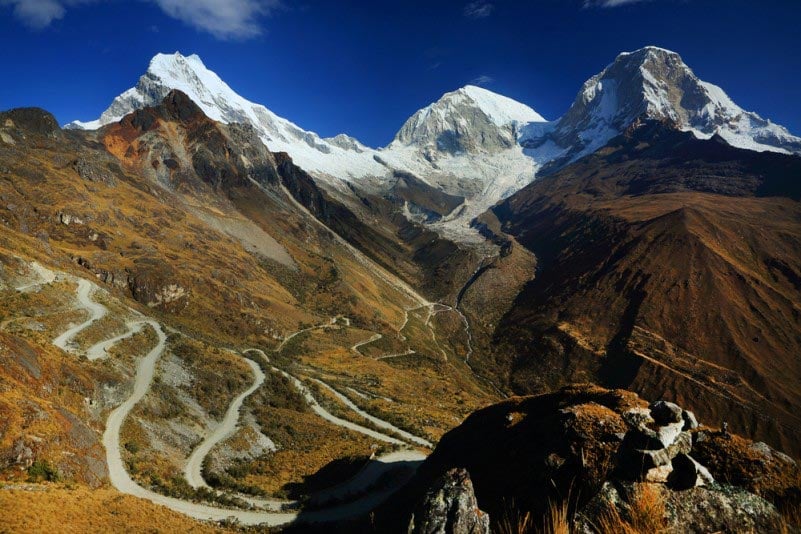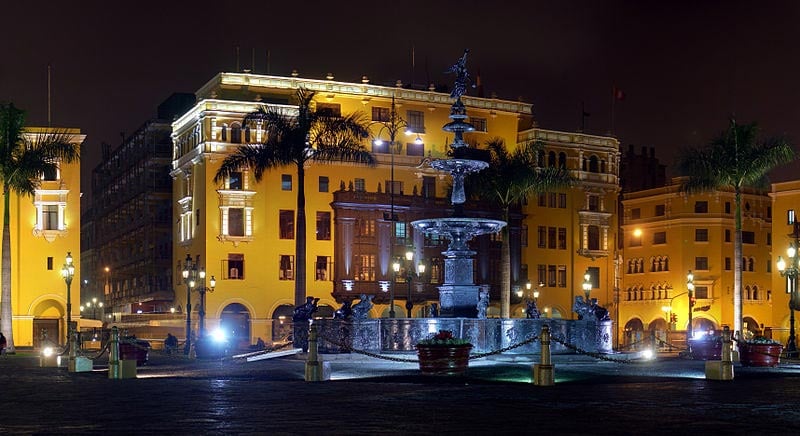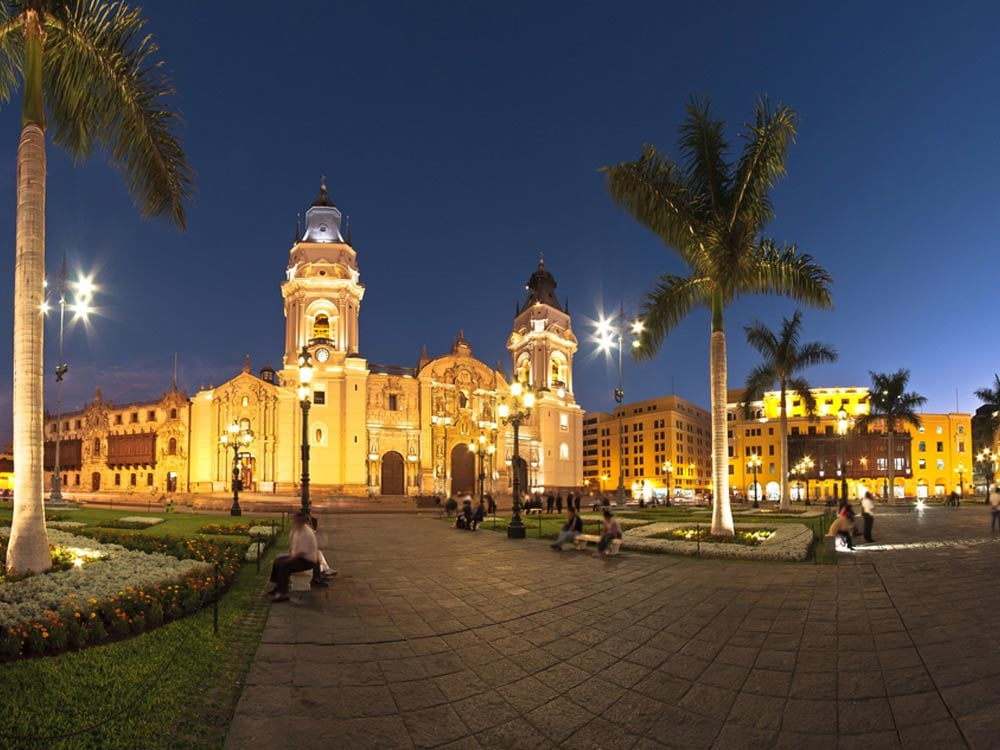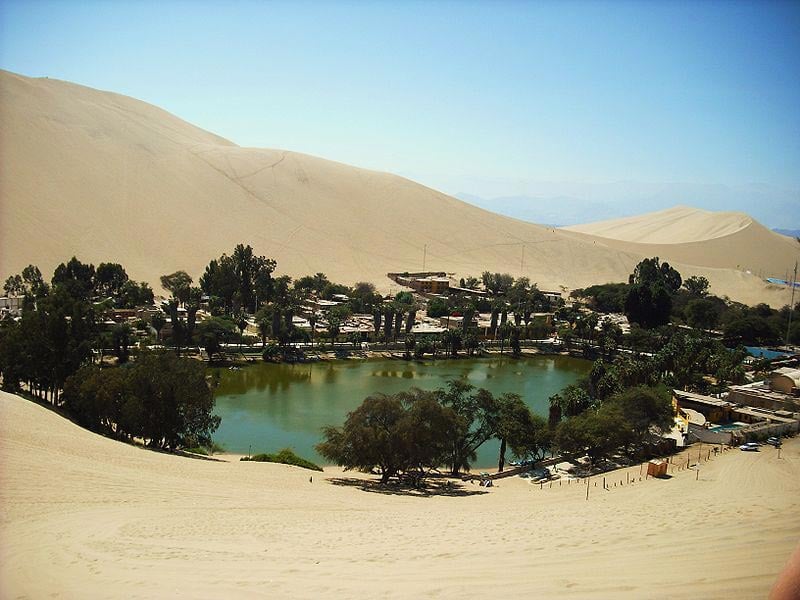Nazca Lines are an enigma to the researchers, a baffling beauty for the viewers, and a stimulating challenge for the historians. The legendary lines of Nazca in the Peruvian region of the pre-Hispanic South America range from huge monkeys to giant spiders. The nature, size, count, and age: everything about these Lines is yet to be unraveled. Distinctive visual motifs, conventionalized plants, imaginary beings, and several geometric figures depicted through these lines evoke a sense of mystery.
History
The question “Who made the Nazca Lines?” has not been answered even after more than 2,000 years. Many theories have evolved while speculating about them. These geoglyphs are divided into three chronological periods:
- The first period is the Chavín period (500-300 BC). This phase witnessed the use of piling stones to form the figures.
- The second period is characterized by Paracas, the local development, believed to have taken place between 400 BC and 200 BC.
- Most of the geoglyphs belong to the third period (200 BC-AD 500). It is called the proper Nazca phase.
A pilot flying over the region first spotted the Nazca Lines in 1939.
Nearby Attractions
Maria Reiche Museum – It is the house of Maria Reiche, the German mathematician and researcher of the Nazca lines. The house was transformed into a small museum after she died in 1998. It is about 5 km north of mirador (lookout point) along Carr Panamericana Sur. The visitor can get a sneak peak into the life of Maria Reiche at the museum.
Pampas Galeras National Reserve – It is a vicuña sanctuary and a national reserve in the hills on the road to Cuzco about 90 km east of the Lines. The otherwise obscure and shy animal vicuña can easily be spotted here. A three-day long annual festival is organized here where vicuña is rounded for shearing by hundreds of villagers, who later indulge in festivities.
Chauchilla Cemetery – It is also popularly referred to as ‘Peru’s Necropolis’, which is a cemetery housing mummified remains and mud-brick tombs that belong to the Nazca community. It was discovered in 1920s. Burials at the Chauchilla Cemetery date back to 200 AD. The site is a little over 30 km away from these Lines.
Palpa Lines – The Palpa Lines are believed to be older than even the Nazca Lines as archaeologists suggest that they must have been drawn around 3,000 years ago. They are also gigantic representations of humans like those in Nazca.
Nazca Lines Location
The Nazca Lines are located in the desiccated coastal plain in Peru. The site is 421 km away from Peru’s national capital Lima. These Lines extend to the desert and the low Andean foothills.
How to Reach ?
By Air – This archeological site is about 81 km away from the San Juan Airport. While the capital of Lima is the major city closest to the Nazca Lines, the Jorge Chavez International Airport in Lima is over 570 km from this World Heritage Site
By Road – Nazca Lines are connected by road to some of the biggest cities in Peru. An eight-hour-long drive from Lima by car or a bus ride will get the tourists to this place.
Accommodations
It is naturally hard to find any luxurious accommodation in a desert like Nazca, yet there are a number of mid-range hotels available in the region. Hotel Casa Hacienda Nasca Oasis, Hotel Casa Andina Classic, Hotel Majoro, Hotel Alegria, and Hotel La Maison Suisse are some of the best options available in Nazca.
Restaurants
Mamashana Cafe Restaurante in Nazca is famous for its Japanese cuisines, Pizzas, sandwiches, and coffee. Rico Pollo is another popular restaurant in the region, which serves various chicken dishes and pizzas. La Maison Blanche is a restaurant-cum-bar and serves coffee as well.
Best time to visit Nazca Lines
The region experiences a moderate climate throughout the year. The best time to visit the Nazca Lines is early morning, when the air is calm.
Nazca Lines Facts
- The Lines were scratched on the earth’s surface between 500 BC and 500 AD.
- They cover an area of 75,358 hectares.
- The popular belief that the Nazca Lines of Peru are only visible from the air is a myth.
- It is believed that there are over 800 straight lines, 300 geometric figures, and 70 animal and plant designs.
- The largest figure covers about 200 meters of area and the longest one goes for nine miles.
- The lines are covered with sand rich in iron and gravel that has acquired a dark coating due to weathering.
- The researchers have concluded that most of these lines have been superimposed on the former ones.
- The Nazca Lines became a UNESCO World Heritage Site in 1994.
- After the Second World War, Maria Reiche, a German-born teacher conducted the first official investigations of these Lines.
Image Credit : Paul Williams
AS20150918





